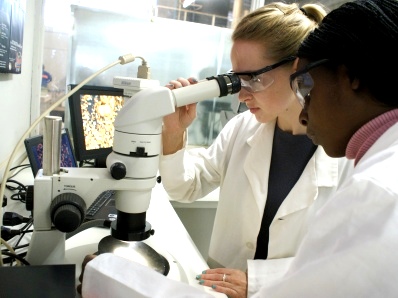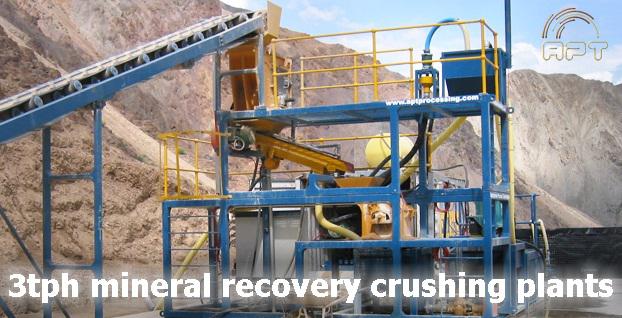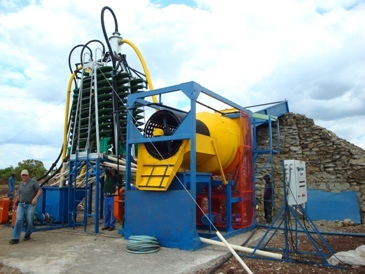Appropriate Process Technologies (APT) is a leading supplier of small-to-medium scale mineral processing plants that help customers mine without large-scale investment. With a growing global agency network, APT’s mineral recovery technology is garnering worldwide attention with numerous installations in Africa, South America and Asia. The company’s vision is to fully maximize its client’s mining operations using novel, cost-effective technologies. Whether you own a junior or mid-tier mine, APT can provide processing solutions that yield substantial initial return on investment.
Economic and Legislative Relevance
In these capitally-challenged times, it makes sense for junior and mid-tier mining companies to commence production in a modest, easily fund-able way. Even projects with abundant resources and great long-term potential can start production early in the development cycle. Early production not only generates valuable development capital, but demonstrates project viability along the way. More importantly is the consequent commitment shown to investors, host governments and regulatory bodies.
Shortening the Development Cycle
The conventional mining project development cycle is well understood and essential when implementing a large project from greenfields. The cycle is based on substantiating reserves and catering to all life-of-mine scenarios. It must be comprehensive in scope and take into account various ore-types. The APT cycle is far shorter and is mostly aimed at the early stages of mining, when the objective is accelerated production while the rest of the conventional cycle continues in the background.
Ready-Available Solutions
APT plants are already engineered and available in various configurations to allow for the treatment of surface rubble and the friable oxide horizon. The plants are supplied as a fully-comprehensive package, including everything necessary to start production. As a result, on-site installation times are extremely short – normally days – with commissioning and training accomplished within the same exercise. With extremely low-energy consumption, APT plants can be powered by generators supplied as part of the package. This makes each plant a self-contained unit, wholly independent of the national grid.
Modular Addition Creates Numerous Plant Configurations
The plants are designed around the RG series of autogenous scrubbers that not only disintegrate clays and saprolites, but break up soft friable rock such as schist. Impact crushing modules can be added to cater to competent hard rocks, which the scrubber rejects. This solution can also be used to move the project into the transition zone. Options are available, from a 10 tph capacity (for initial exploration) to 20 tph, 80 tph and 250 tph.
Highest Quality, Efficiency and Availability
The world-renowned range of FLSmidth Knelson concentrators and other high-quality components are incorporated into APT plants to ensure the highest levels of efficiency and reliability. Projects are often located in difficult terrain where backup facilities and logistical constraints require self-reliance and standalone capabilities. The packages include a fully comprehensive spares and tools inventory. Maintenance requirements are straight forward and neatly detailed in the documentation supplied with each processing solution.
Continuity Through To Full Scale
The company endorses the capability and expertise of FLSmidth to engineer and supply mineral processing plants, even on a large scale. Projects initiated with APT can transition seamlessly through to the subsequent growth phases with FLSmidth, using the APT plant to generate valuable pilot information towards the full-scale objective. The differentiating factor is that the scale of some of APT’s pilot offerings are large enough to give substantial financial returns during the exploration phase. This reduces the financial constraints and investor reliance, which most pilot-level schemes experience when moving from exploration to full-scale production.
Crossing Environmental and Economic Landscapes
APT’s processing plants are environmentally-friendly using only water and electricity to extract minerals by creating artificial gravitational/centrifugal forces (gravity recovery). No mercury or other chemicals are used and high recoveries are possible without them. Some clients have demonstrated, through mineral testing, that gravity recovery holds the largest return on investment of any processing unit operation. Even if only 60% of a resource is gravity recoverable, this fraction may be obtained with only 5–10% of the total project mineral processing investment allocation. This ensures that operations occur within the environmental parameters and demonstrate compliance, while earning substantial returns during the most capital-hungry phase of a mine development cycle.
























